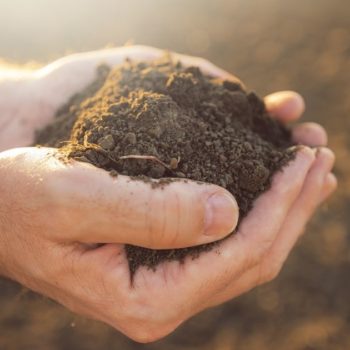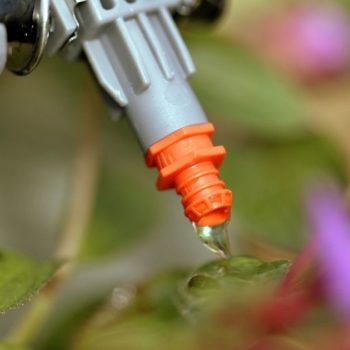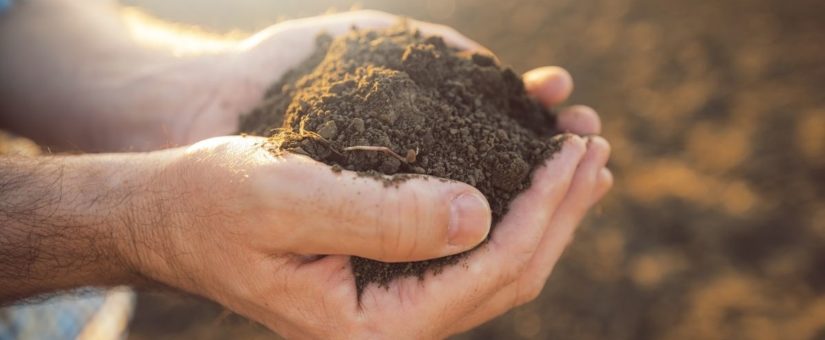
Save The Planet (and Money) by Reusing Your Growing Media
After generations of land development and horticulture, the global demand for healthy soil is increasing rapidly. Growers are becoming more and more interested in reusing their growing media rather than tossing it in a landfill.
Recycling growing media is a viable solution to a global threat, and it can help us protect and maintain our living soils.
Soil is more than just the dirt beneath our feet. It is full of rock-derived minerals, plant-derived organic matter, dissolved nutrients, gases, and a rich web of interacting organisms. Healthy soil contains all the ingredients needed to create an optimal growing environment that supports the health and vitality of plants.
Plowing and over-tilling has increased erosion on agricultural fields by 10 to 100 times the natural rates and in the last several decades, nearly half of all topsoil produced naturally over thousands of years in the U.S. corn belt was already lost.
Soil degradation threatens our ability to feed a rapidly growing population, but we can make a difference by applying a new version of the ‘Three Rs’ (reduce, reuse, recycle) in our crops.
While it may come with a learning curve, implementing the reuse or reconditioning of the soil has multiple benefits.

Benefits of recycling growing media:
• If done properly, recycling growing media rather than replacing topsoil every year can save growers a lot of money.
• Reconditioning your growing media is environmentally friendly and makes operations more sustainable and carbon neutral.
• It can allow you to recover nutrients that remain in the plant waste material.
Some growers have seen outstanding success recycling their growing media. However, it’s important to also add that improperly recycling your growing media can be detrimental to your future crops and cropping cycles. Are you thinking about recycling your growing media already?
Here are a few things to consider:
• If the growing media is not treated correctly, it can house a range of potentially harmful diseases.
• If left outdoors and uncovered, recycled soil may become contaminated.
• If there’s no proper desalinization with hot water, there can be some toxicity effects from residual fertilizer salts.
2 Tips on How To Recycle Living Soil The Right Way
1. Proper Sanitization/Sterilization
Good sanitation practices in horticulture will help keep your tools clean but it won’t kill every pathogen that threatens your crop.
Sterilizing your soil with heat can be an inexpensive and effective way to temporarily destroy harmful microorganisms but keep in mind this process will also kill most friendly biota, so you’ll need to amend the soil before reusing it.
To sterilize your growing media, simply place the soil in a black garbage bag and let it bake in the sun for a few hours. Temperatures must reach at least 160°F for proper sterilization to occur. Then it’s time to flush your soil in hot water to remove potential residual fertilizer salts.
Several authors studied crop response to cultivation in reused soil compared to virgin soil. While some found a reduction of crop yield and/or produce quality, many others found no or minimal differences between virgin and reused soils. *(e.g., Abd-Elmoniem and El-Behairy, 2004).
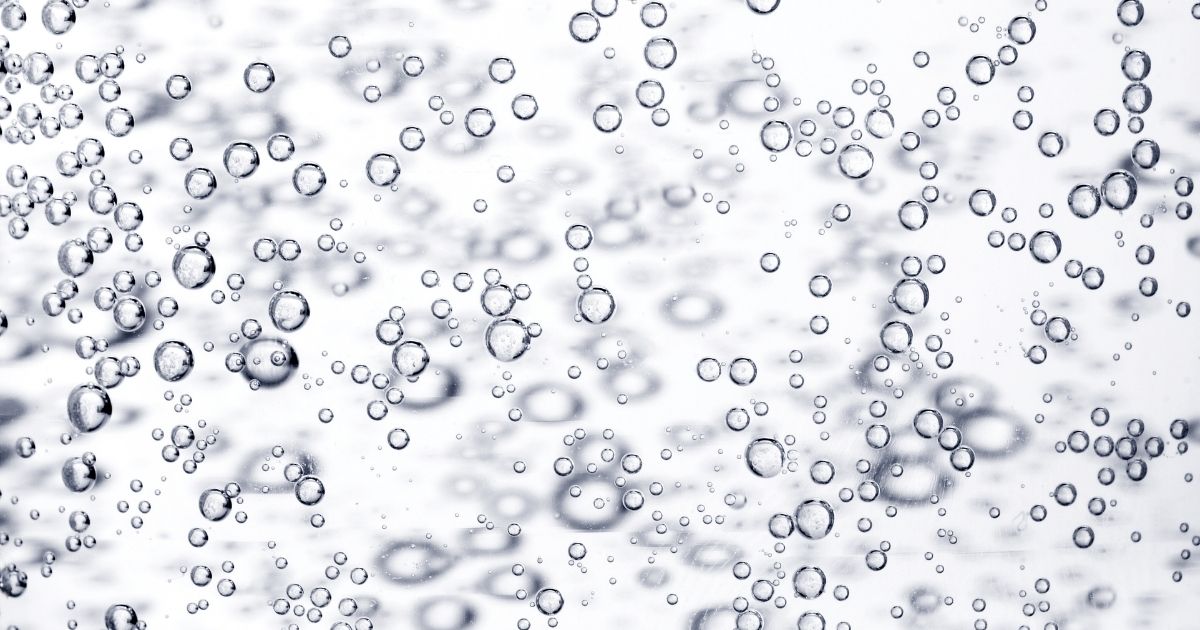
2. Use Enzymes
If you want to reuse your media for growing, consider using enzymes to help you restore the soil.
In horticulture, there are enzymatic formulations that can break down decaying roots left from the previous crop. This process will enrich the soil with valuable nutrients for your future crop and improve the soil’s aeration.
Hygrozyme is a powerful blend of concentrated, beneficial enzymes specifically formulated to accelerate the breakdown of dead root matter. While we have yet to test it in a lab, growers who have used it to recycle their growing media have seen incredible results. All you have to do is remove the root ball and recondition your growing media with HYGROZYME when your grow reaches the end of its cycle.
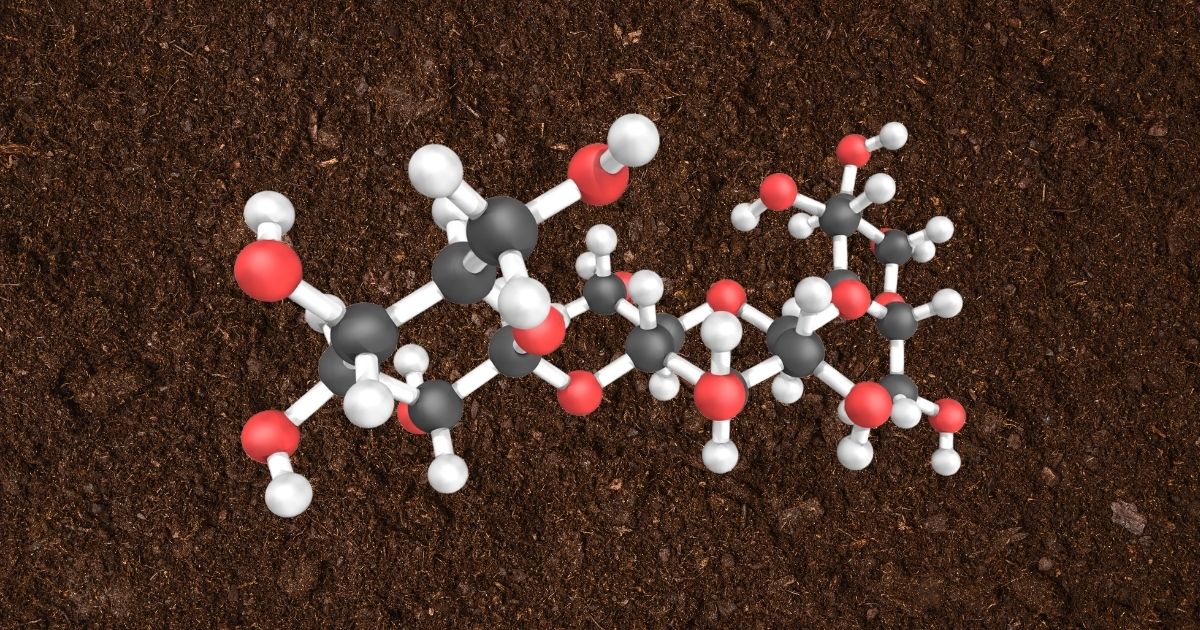
Save The Planet and Money By Reusing Old Soil
Unless there has been a disease or invasion of some kind, there is no need to buy new soil every time we buy a new plant or want to repot an existing one. Forests or any other natural systems do not replace their growing media every year. They just recondition and improve their media throughout the years. Therefore, we should seek to improve our growing media over time, not damage it with chemical additives or add-ons.
By reusing growing media you can not only reduce your gardening expenses but also your carbon footprint—just remember not to let your plants suffer from improper practices. With a little TLC and our vigorous Hygrozyme formula, you can ensure healthy soil at every stage.
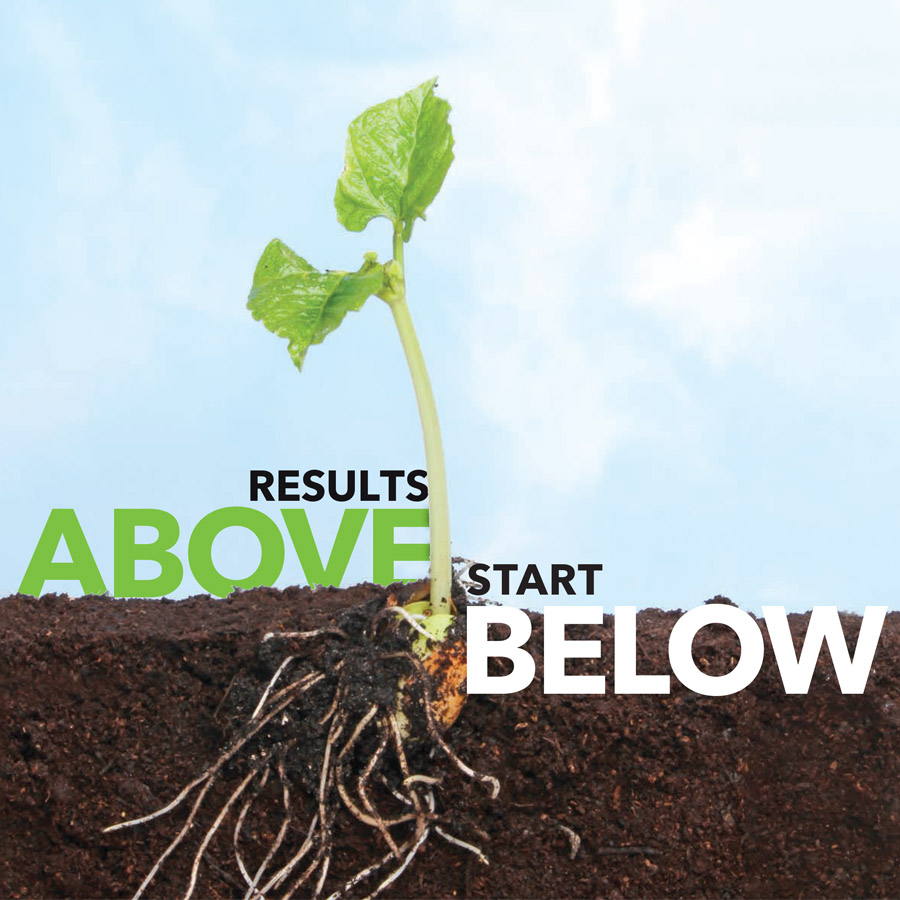
Ready to try HYGROZYME?
- On July 21, 2021

